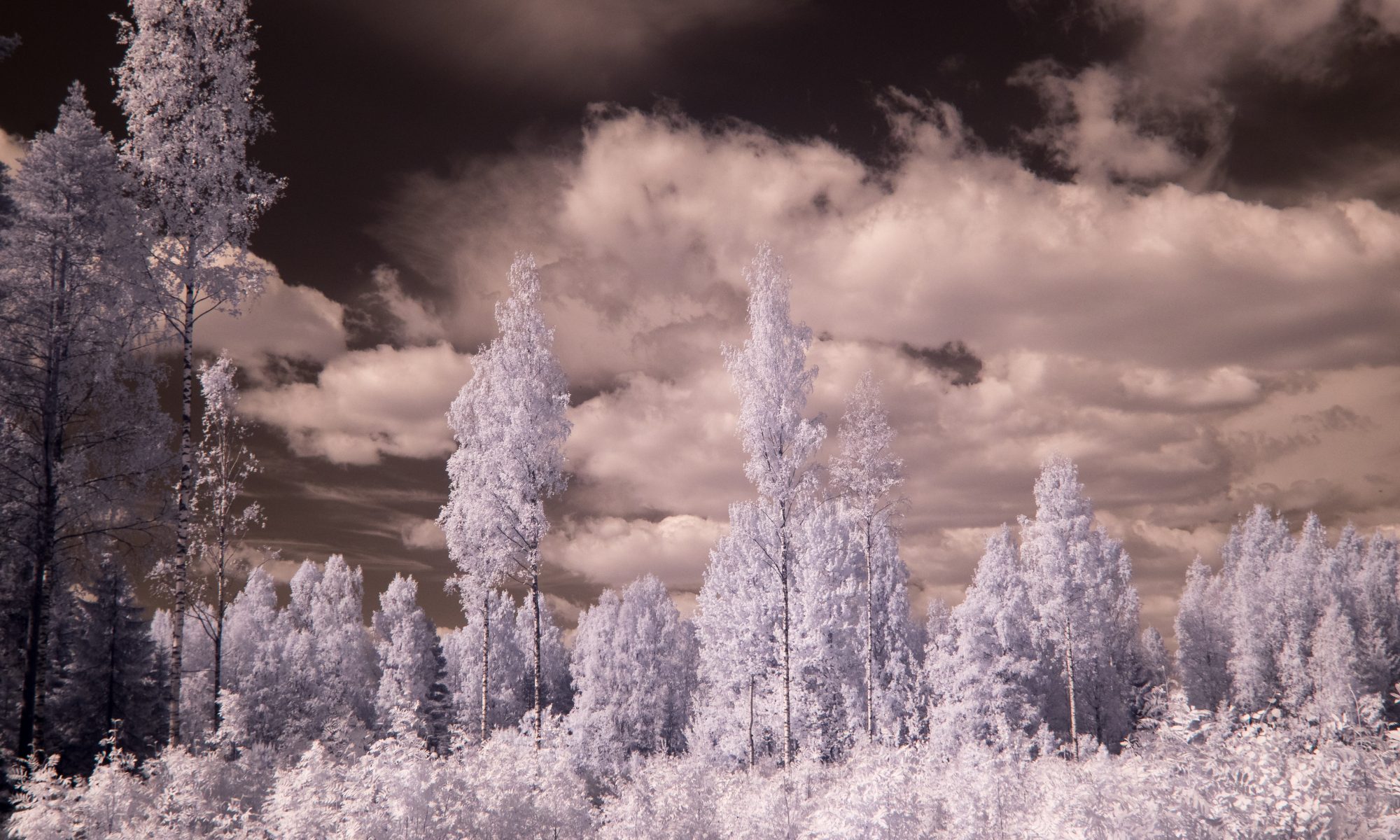There are now really high power LED modules available at reasonable prices. One manufacturer from Taiwan, Huey Jann Electronics Industries, has available 100 watt LED modules. They are approximately 5 by 5 cm square and emit as much light as a 1000 W quartz halogen lamp. I have ordered a few 30 W and 100 W LED modules to use in gas-exchange measurements. I ordered them through Kruse Lighting Solutions. (26/11: The LEDs arrived.)
The handbook has been published
Aphalo, P. J.; Albert, A.; Björn, L. O.; McLeod, A.; Robson, T. M.; Rosenqvist, E. (eds.) 2012. Beyond the visible: A handbook of best practice in plant UV photobiology. COST Action FA0906 UV4growth. Helsinki: University of Helsinki, Department of Biosciences, Division of Plant Biology. ISBN 978-952-10-8362-4 (Paperback), 978-952-10-8363-1 (PDF). xxx + 176 pp.
See the handbook’s webpage for how to download a PDF or how to buy a printed copy.
www.ggplot2.org
New web site for ggplot2 at http://ggplot2.org/ with all the documentation about the new version (the documentation for the current version is at http://docs.ggplot2.org/current/. There has been a lot of progress in recent months on the the development of ggplot2, and there are a few incompatibilities between the current and earlier versions. It does run much faster, though.
RStudio 0.97
If you use the R System for Statistics, you should be using RStudio. It has been evolving very quickly, and it is very powerful. It is an IDE (Integrated Development Environment) and now supports the development and building of packages for R.
The announcement gives a detailed list of what is new in this release.
Cookbook for R
A review on shade avoidance
Jorge Casal has published a review on the mechanisms behind shade avoidance. It includes all the latest advances, e.g. responses to blue:green photon ratio and how signals present at different times of the day are integrated.
Casal, J. J. (2012) Shade Avoidance. The Arabidopsis Book, The Arabidopsis Book, The American Society of Plant Biologists, 2012, e0157-
Arduino
The Arduino is a controller/miniature computer on a small board. “Shields” can be attached attached to add funtionality. They are cheap at around 20-25 €. I have ordered one Arduino UNO and a logger shield, and a few extra parts. I am planning to use one of these to control the dimming of lamps and another one to build a prototype UV-logger to measure UV in canopies.
UV-B, UV-A and blue light sensors ordered
I have ordered one erythemal, one UV-A and one blue light sensor. These are silicon carbide photodiodes with a built-in amplifier. They are made by sglux in Germany. They are small and relatively cheap. The UV ones are inherently visible blind.
Grant application
We have submitted a joint grant application to the Academy of Finland and National Science Foundation of China. Our Chinese partner is Prof. Hailiang Xu and his team, from the Chinese Academy of Science at Urumqi, Xinjiang in Western China. The proposal is related to the desert riparian forest along the river Tarim, and its dominant tree, Populus euphratica.
[cetsEmbedGmap src=https://maps.google.com/?ll=40.880295,81.474609&spn=26.384316,36.826172&t=h&z=5 width=350 height=425 marginwidth=0 marginheight=0 frameborder=0 scrolling=no]
Handbook
We are editing a handbook of methods for research on the effects of UV radiation on plants. The printed book will have about 200 A4 pages. We are writing it with LaTeX using MikTeX as the TeX engine, and WinEdt as editor. We are getting to the stage of producing page proofs for all authors and editors to check. This is the result of the activities of a technical group of the UV4growth COST action. The printed copies will be available at cost from Lulu.com and the PDF file will be available as a free or almost free download.
